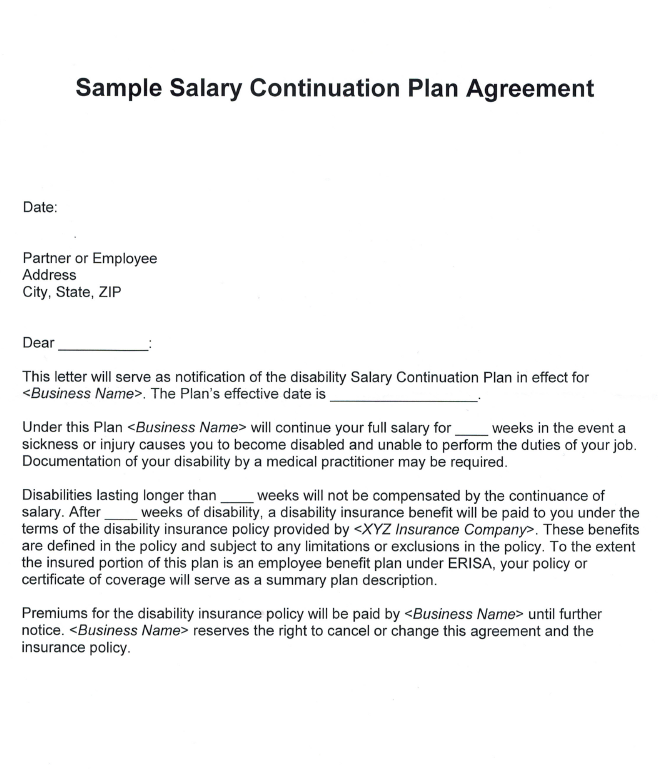If you could no longer care for yourself, who would be the first to make sure that you received the care you need? Would it be your spouse? A partner? A sibling? A child? A lifelong friend?
Whoever it would be, it is someone who cares deeply about you. But, without a plan for the possibility of extended or “long term” care, it is this person who may have the most to lose.
By starting a family, we invite people into our lives. Along with this invitation, comes a promise to provide for and keep our loved ones safe. Such promises last a lifetime, even into our elderly years.
The commitment to protect loved ones is human nature. It stems from a core belief that we can rise to meet life’s challenges with confidence.
However, if we dismiss the need to plan by thinking “It will never happen to me”, we leave our promises to chance. Those we once said we would take care of, may face the burden of taking care of us.
If we ever really needed help, certain of our loved ones would likely do whatever it takes to get us the care we need. Some would overcome any obstacle, make any sacrifice, and even put their lives on hold.
But, at what cost?
-As a long-term illness or impairment progresses, higher and higher levels of care are required. If you have a surviving spouse, the burden for care will generally first fall on his or her shoulders.
-Spouses faced with the increasing demands of providing care for a partner often suffer irreversible physical, emotional, and financial consequences.
-In families with multiple children – especially as the healthy spouse begins to waver under the weight of providing unending care – frequently one child ends up taking on most of the burden to assist the healthy parent. Over time, this imbalance can cause friction among siblings. This often leads to future resentment and division in families.
-Due to the 24/7 demand for care, the child of a parent in need may be left with no choice but to set aside his or her life. Thereby, impacting his or her career, relationship with spouse, relationships with children, involvement in the community, personal pursuits, and more.
-The enormous cost of providing extended care frequently demands a reallocation of retirement income and may force an intrusion into underlying retirement assets. Such intrusions can undermine the future financial stability of a surviving spouse, special needs child, legacy planning, or charitable giving.
It doesn’t have to be this way.
You can help protect the people you love by putting together a plan before care is needed. The goal of the plan should be threefold.
1) For as long as possible, allow you to gain access to the care you need at home with minimal physical, emotional, and financial impact on the people who care about you.
2) Instead of having family members provide care directly, empower family members to hire and coordinate professionals to provide your care.
3) Where suitable, seek to mitigate the cost of providing care through the leverage of long term care insurance. Plans may be available which provide essentially a ‘return of premium’ to heirs should you end up not needing care.
Every person’s situation is different and there is no one-size plan that fits all. At McCarthy Stevenot Agency, Inc. we have been guiding businesses and individuals with insurance needs for over 25 years.
To learn more about how to create and fund a plan to protect the people you love from the risks associated with extended care, contact our agency at this link.
Here is wishing you the strength to stay the course and deliver fully on the promise to protect those who are the most important in your life!






